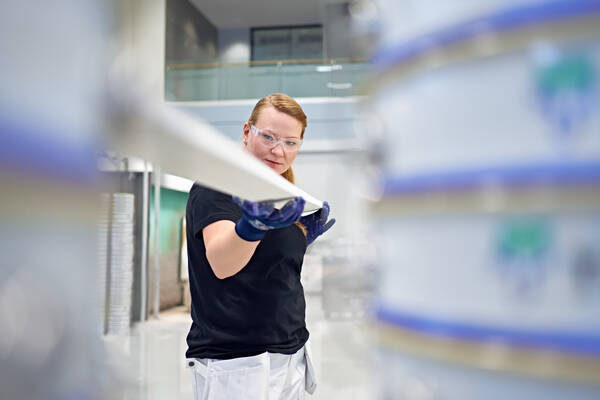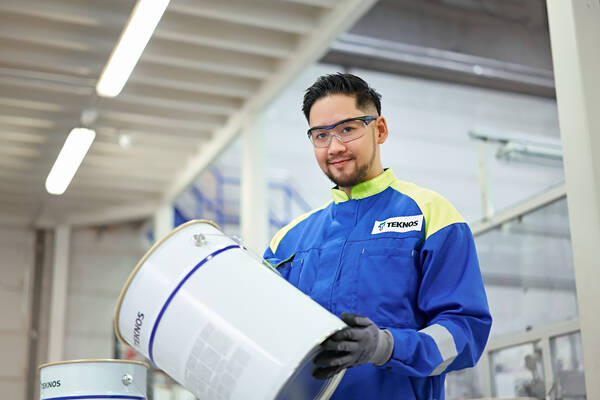How to save energy costs in the painting process
Find out how optimizing your painting process can lead to impressive energy savings and cost reductions.
Painting requires precise control of the environment to achieve the best results. If you overlook factors like temperature and humidity for painting, you'll face frustrating and costly problems like slow drying times, paint running, and poor adhesion. Imagine spending all that time and effort, only to end up with a poor finish because the room was too humid or too cold.
In this blog post, we’ll provide guideance on how you can achieve a beautiful finish with the right environmental conditions. Let's take a look into factors such as humidity and temperature.

Humidity can really mess up your paint job. Too much moisture in the air can cause water to form on surfaces, leading to rust and poor adhesion.
Relative humidity (RH) is how much moisture is in the air compared to how much it can hold at a certain temperature. When RH reaches 100%, or when the temperature drops below the dew point, condensation happens on clean metal surfaces. For dirty surfaces, it can happen even earlier.
Pro-tip:
Rust starts to form on clean, blasted steel surfaces when RH reaches 60-70%. You can prevent this by keeping humidity low during blasting. Apply the coating immediately after cleaning to ensure the surface stays dry and rust-free.
- Palle Gustafsson, Laboratory Manager in Denmark.
If the metal surface is colder than the air around it, you can get condensation even if the humidity isn’t super high. This water can ruin your paint job by affecting the paint's adhesion to the surface and how well it dries.

The dew point is the temperature at which air is fully saturated with moisture (100% RH), causing water to condense. Make sure the metal surface temperature is at least 3°C higher than the dew point to avoid condensation.
Pro-tip:
Use a surface thermometer to check that the metal is warmer than the dew point. A dewpoint dial can help you figure out if painting conditions are good based on RH, ambient temperature, and surface temperature.
- Palle Gustafsson, Laboratory Manager in Denmark.
Temperature has a big impact on how fast paint dries and hardens. Higher temperatures speed up the curing process, while lower temperatures slow it down. What’s the best temperature for painting, you might wonder? Here are some guidelines.
Temperature guidelines for different coatings:
Remember:
Always check the manufacturer’s guidelines for the best temperature ranges. You can find information about our coatings in our technical data sheets.
Getting the environmental factors like relative humidity, dew point, and temperature right is key to a good paint job. By keeping an eye on these elements, you can avoid common problems like slow drying times, paint running, and poor curing.

Making sure your painting environment is perfect will lead to better results, more efficiency, and happier customers.
If you want to dive deeper into how you can achieve the best paint results, check out our learn section for more tips and tricks.
Contact our experts today and we can discuss how we can help you optimize your painting line.

Our Laboratory Manager Palle celebrates 25 years at Teknos in 2024, having begun his journey as a Chemical Engineer in R&D. Today, he is part of the Product Development team and is specialized in metal coatings. With his extensive experience and technical expertise, Palle plays a key role in developing high-performance products that meet the demanding needs of our customers.
EXCLUSIVE CONTENT
Is your current paint choice silently costing you more than needed? Discover how to cut hidden expenses and improve production output.

EXCLUSIVE CONTENT
Is your current paint choice silently costing you more than needed? Discover how to cut hidden expenses and improve production output.

* Indicates required field
By submitting your contact information, you agree to the Teknos Privacy Statement. Your personal data will only be used by Teknos and will not be shared with third parties.